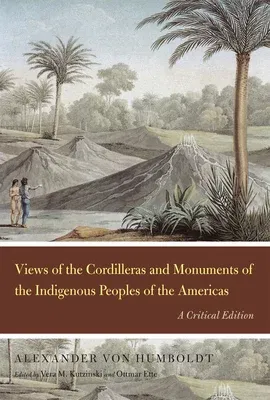Alexander Von Humboldt
(Author)Views of the Cordilleras and Monuments of the Indigenous Peoples of the Americas: A Critical EditionHardcover, 25 January 2013

Qty
1
Turbo
Ships in 2 - 3 days
In Stock
Free Delivery
Cash on Delivery
15 Days
Free Returns
Secure Checkout

Part of Series
Alexander Von Humboldt in English
Print Length
664 pages
Language
English
Publisher
University of Chicago Press
Date Published
25 Jan 2013
ISBN-10
0226865061
ISBN-13
9780226865065
Description
Product Details
Author:
Book Format:
Hardcover
Country of Origin:
US
Date Published:
25 January 2013
Dimensions:
23.37 x
16 x
4.57 cm
ISBN-10:
0226865061
ISBN-13:
9780226865065
Language:
English
Location:
Chicago, IL
Pages:
664
Publisher:
Weight:
1678.29 gm